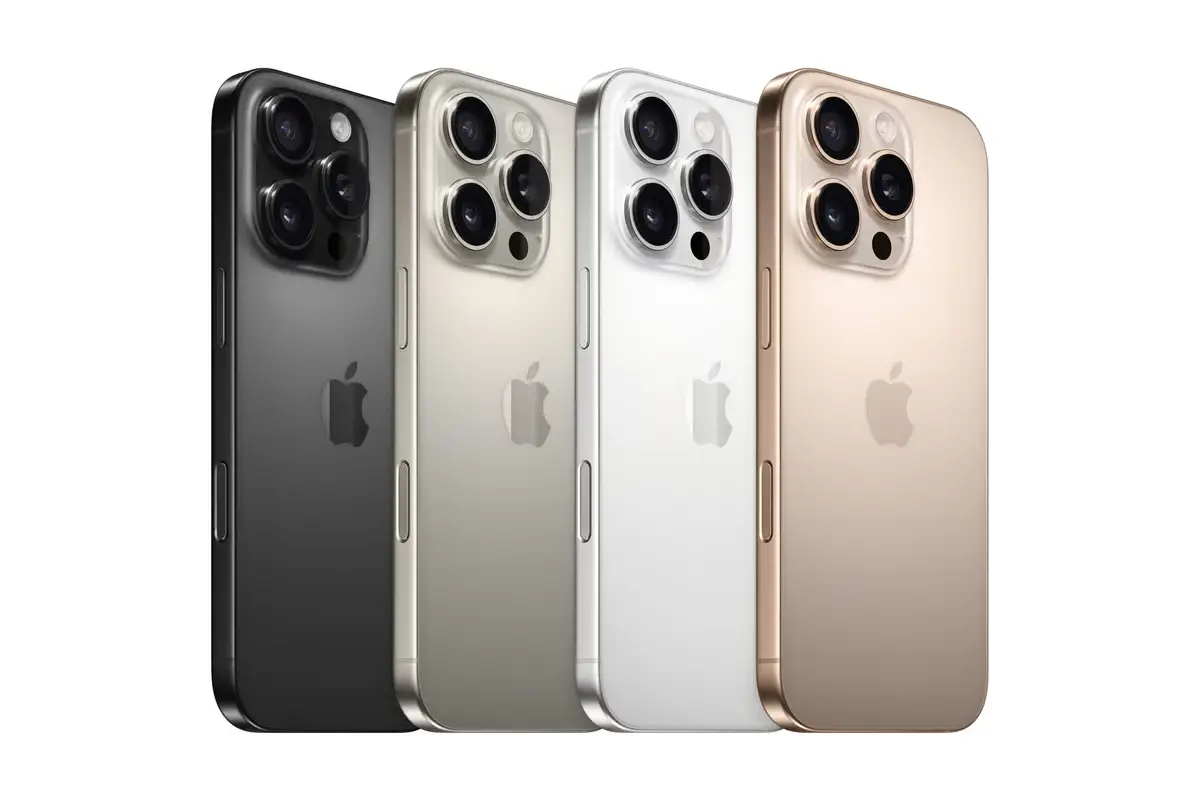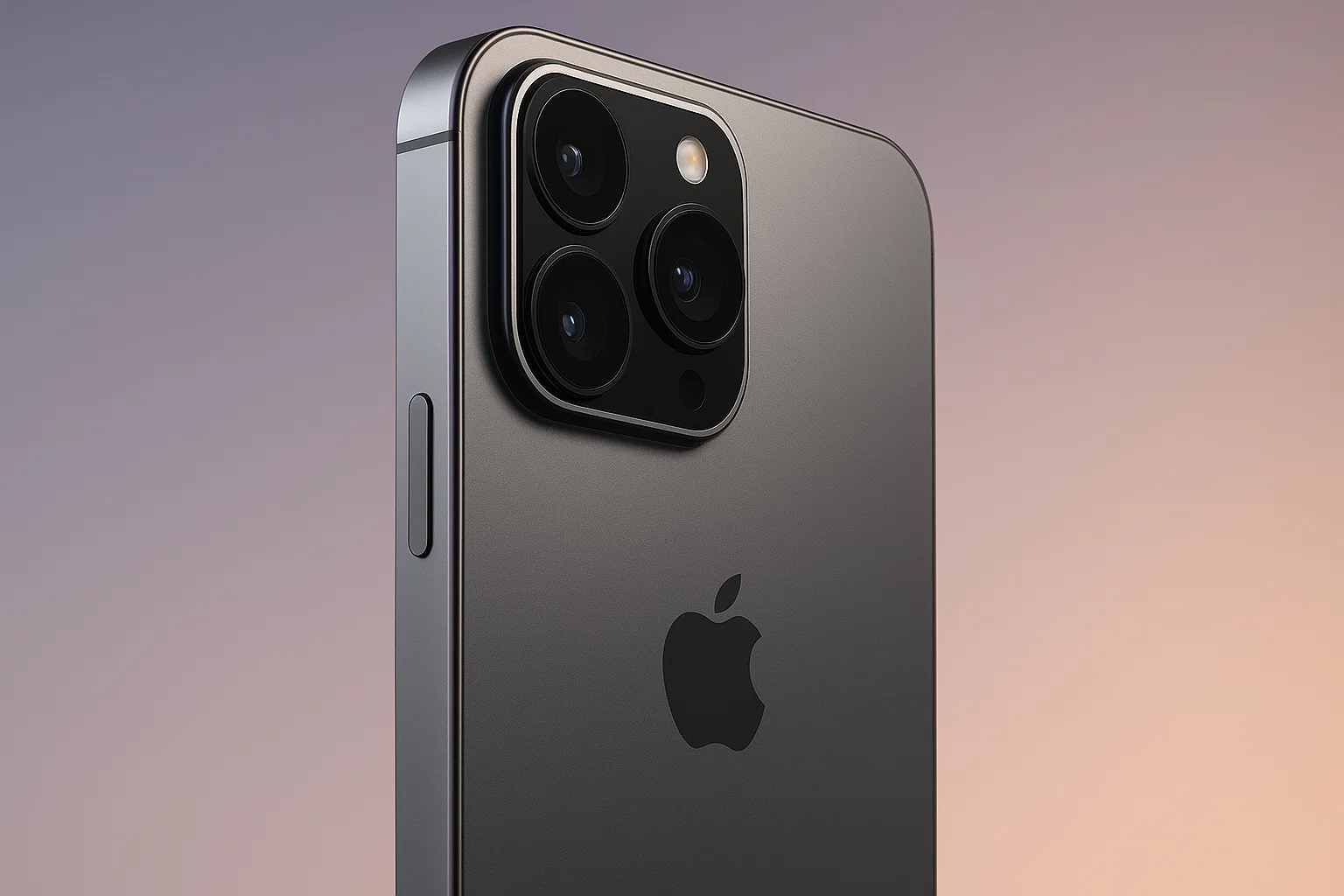iPhone 17 Pro Max: Embracing a Bold New Design
When Apple announces a new iPhone, the tech world holds its breath—and with the iPhone 17 Pro Max, the anticipation is louder than ever. Gone is the familiar “camera island” look that dominated previous Pro Max models. Instead, Apple has unveiled an all-new rectangular camera module, a reimagined aluminum body, and a noticeably thicker profile. In this deep dive, we’ll explore every design twist and functional upgrade that makes the iPhone 17 Pro Max stand out in 2025’s crowded smartphone landscape.

Revolutionary Rectangular Camera Module
One of the most eye-catching changes on the iPhone 17 Pro Max is the revamped camera housing. Apple has officially retired the “heritage camera bump” in favor of a bold, rectangular camera module that stretches across nearly the entire right side of the rear chassis. This isn’t just a cosmetic tweak—it reflects a substantial upgrade in camera hardware. Rumors suggest that Apple is testing a new 200-megapixel main sensor (complete with 16-in-1 pixel fusion), which requires significantly more surface area beneath the lenses. By extending the camera frame, Apple can accommodate the larger sensor, additional optical elements, and even the LiDAR scanner and flash modules within a single, unified housing.
While some early reactions labeled the design “polarizing,” it’s hard to argue with the logic: building a camera the size of tomorrow’s flagship sensor demands extra space, and Apple decided to own that change rather than squeeze advanced hardware into the old, cramped form factor. The result? A camera module that looks futuristic, almost like a tiny storyboard of glass and metal, signaling that Apple is prepared to push sensor technology further than ever before.
From Titanium to Aluminum: The Chassis Transformation
In a surprise move, Apple has replaced the titanium frame used in the iPhone 16 Pro Max series with a refined aluminum alloy for the 17 Pro Max. While titanium is renowned for its strength and premium feel, aluminum brings its own set of advantages—namely, improved heat dissipation, lower cost, and a lighter overall weight. With this switch, Apple can prioritize thermal performance (especially important for a phone packing a gargantuan camera sensor) without breaking the bank or adding unnecessary heft.
At first glance, moving from titanium to aluminum might feel like a downgrade. But Apple’s engineers made a strong case that the new aluminum body not only maintains structural integrity but also enhances overall ergonomics. The cooler frame temperature under load is especially welcome during intensive gaming sessions or extended video recording. Plus, aluminum makes the phone more approachable in terms of price, allowing Apple to channel budget savings into next-generation camera tech and battery capacity.
Thickness Upgrade: Why 8.725mm Matters
Listen up, design purists: the iPhone 17 Pro Max isn’t striving for razor-thin perfection this time around. Instead, Apple has deliberately increased its thickness to about 8.725mm, compared to the slimmer profile of its predecessor. This extra few tenths of a millimeter might seem counterintuitive—after all, “thin” has long been a badge of honor in the smartphone arena. But Apple’s reasoning is twofold: create internal space for the new camera hardware and pave the way for a significantly larger battery.
By embracing a slightly chunkier frame, Apple can fit in a groundbreaking 5,000 mAh+ battery using silicon-carbon anode technology. In practice, this means even more runtime without adding unwieldy external battery packs. Combined with Apple’s famously efficient A-series silicon and iOS battery optimization, users can expect the iPhone 17 Pro Max to rival or even outperform Android counterparts that advertise 6,000–7,000 mAh batteries—despite having a “smaller” capacity on paper.
Camera Capabilities: More Than Just Looks
Okay, so the camera module looks dramatic—what does it actually do? According to supply chain leaks and concept renders, the new rectangular housing accommodates:
- 200MP Main Sensor: Apple’s first leap into ultra-high-resolution photography, likely employing 16-in-1 pixel fusion for low-light fidelity.
- LiDAR Scanner & Flash: Neatly integrated within the extended frame, offering faster autofocus in darkness and better augmented reality experiences.
- Upgraded Telephoto Lens: Longer optical zoom range, thanks to the extra internal space.
- Improved Ultra-Wide Sensor: Wider field of view with enhanced edge-to-edge sharpness.
Early hands-on impressions suggest that the combination of a larger sensor, improved optical stabilization, and advanced computational photography will redefine “professional-grade” photography on a smartphone. When you shoot at night or zoom in on distant subjects, the new iPhone 17 Pro Max shouldn’t just match the best Android flagships—it should lead the pack.
Thermal Performance & User Experience
With powerful new CPUs and GPUs (expected to be branded the A19 Bionic series), heat management becomes critical. Apple’s switch to aluminum chassis pays dividends here: the metal’s superior thermal conductivity dissipates heat more efficiently than titanium, ensuring sustained performance during resource-intensive tasks—think high-frame-rate gaming, 4K/120fps video capture, or rendering complex 3D scenes in real time.
Better heat flow also improves user comfort. Gone are the days when your phone felt like a pocket heater after a short gaming session. The iPhone 17 Pro Max aims to stay cool, even when pushed to its limits, giving creators and power users the freedom to record, edit, and stream without throttling concerns.

Battery Breakthrough: Over 5,000 mAh and Counting
Apple has historically prioritized alpha-level optimization between hardware and software, often achieving remarkable battery life with smaller cells. This year, however, the company goes all-in on capacity. By fitting a battery exceeding 5,000 mAh, combined with silicon-carbon anode cells, the iPhone 17 Pro Max positions itself as the endurance champion among premium smartphones.
Real-world usage scenarios—streaming HD video, intensive gaming, or prolonged navigation—should all benefit from the extra milliamp-hours. Coupled with Apple’s refined power-management features (like adaptive refresh rates, on-the-fly background task throttling, and smarter app sleep modes), the 17 Pro Max is engineered to last from dawn until well past dusk, even under heavy use.
User Reactions: Is Bigger Better?
As with any bold redesign, opinions are split. Some fans lament the departure from ultra-thin aesthetics, while others applaud Apple’s willingness to prioritize substance over style. Social media chatter and early mock-up leaks have fueled heated discussions: “Why go chunky?” vs. “Finally, a phone built for real camera innovation!”
The truth? Apple is playing a long game. By leaning into functional upgrades—camera breakthroughs, better thermals, and an unbeatable battery—they’re catering to a generation of users who demand more from their smartphone than Instagram-ready selfies. For pros shooting 8K video in the field, hobbyists capturing astrophotography, or gamers craving consistent frame rates, the iPhone 17 Pro Max’s new profile is a feature, not a flaw.
Design Philosophy: Function Over Form?
Apple’s design ethos has always balanced minimalism with cutting-edge technology. With the iPhone 17 Pro Max, the scales tilt ever so slightly toward function. That doesn’t mean aesthetics are abandoned—far from it. The new aluminum frame comes in sleek, muted colorways; the glass back is finished with a satin matte texture that resists fingerprints; and the rectangular camera housing is precisely machined, with polished edges that catch the light just right.
In other words, Apple didn’t scrap style—they retooled it around the new internal demands of flagship-level photography and battery longevity. When you hold the iPhone 17 Pro Max, you feel the robust build, the cool metal, and the confidence that every millimeter has a purpose. That sense of intentional design is arguably more premium than shaving off 0.2mm for the sake of “thinness.”
Final Thoughts: The iPhone 17 Pro Max Experience
For years, the annual iPhone upgrade cycle has been about incremental tweaks—a slightly faster chip, a marginally improved camera, or a brighter display. The iPhone 17 Pro Max shatters that mold by redefining what a “Pro Max” can be. By embracing a rectangular camera module, switching to an aluminum chassis, thickening the body, and packing in a monster battery, Apple has signaled that 2025’s Pro Max is not for the faint of heart.
If you’re someone who lives on the cutting edge of mobile photography, multihour gaming, or marathon streaming sessions, this is the iPhone built for your world. Sure, it might look different from what you’ve grown used to, but that difference translates to features you won’t find elsewhere—unless you’re willing to juggle multiple devices to match the 17 Pro Max’s capabilities.
So, is the iPhone 17 Pro Max too bulky? Maybe for die-hard ultra-slim enthusiasts. But for anyone seeking functional excellence, Apple’s bold new direction makes a compelling argument: sometimes, doing more means being bigger—and that’s exactly what the iPhone 17 Pro Max delivers.

 FoxDoo Technology
FoxDoo Technology







